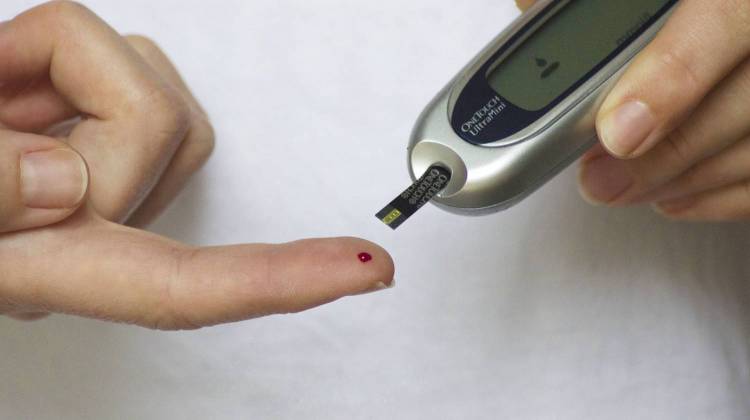The ninth annual County Health Rankings report shows that where you live impacts a person’s health. This year’s data also includes a look at how racial disparity plays into health across Indiana.
The report finds black people have lower life expectancy and quality of life than white or Asian people in Indiana. The rankings account for measurements including healthy behaviors, access to care, social and economic factors and environment.
Senior advisor at the Robert Wood Johnson Foundation Dr. Dwayne Proctor says health is directly influenced by where you live and begs questions about disparity.
"Is it healthy for us to have more convenient stores and liquor stores in a community than places for people to get food?" Proctor says. "Is it good for our county or state if people have to drive 45-50 miles in a medical emergency just to get quality care?"
Proctor says Indiana's overall poor health factors are related to poor health outcomes.
"When you are looking at these diabetes rates and smoking rates, what we’re talking about is your life expectancy is connected to the future and what the future holds," says Proctor.
The report provides data for communities to guide policy change that could help close health gaps.
All 92 counties in Indiana are assessed to create the rankings. Hamilton County is the healthist for the ninth year in a row. This year Fayette County ranks at the bottom.
 DONATE
DONATE









 Support WFYI. We can't do it without you.
Support WFYI. We can't do it without you.